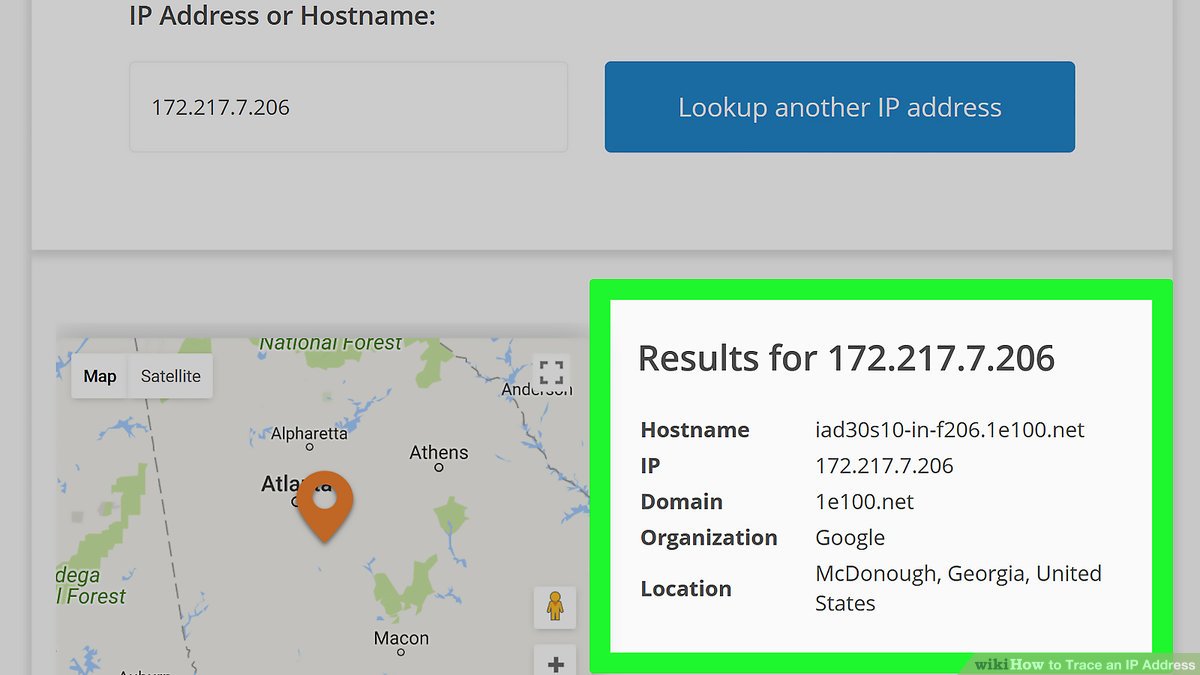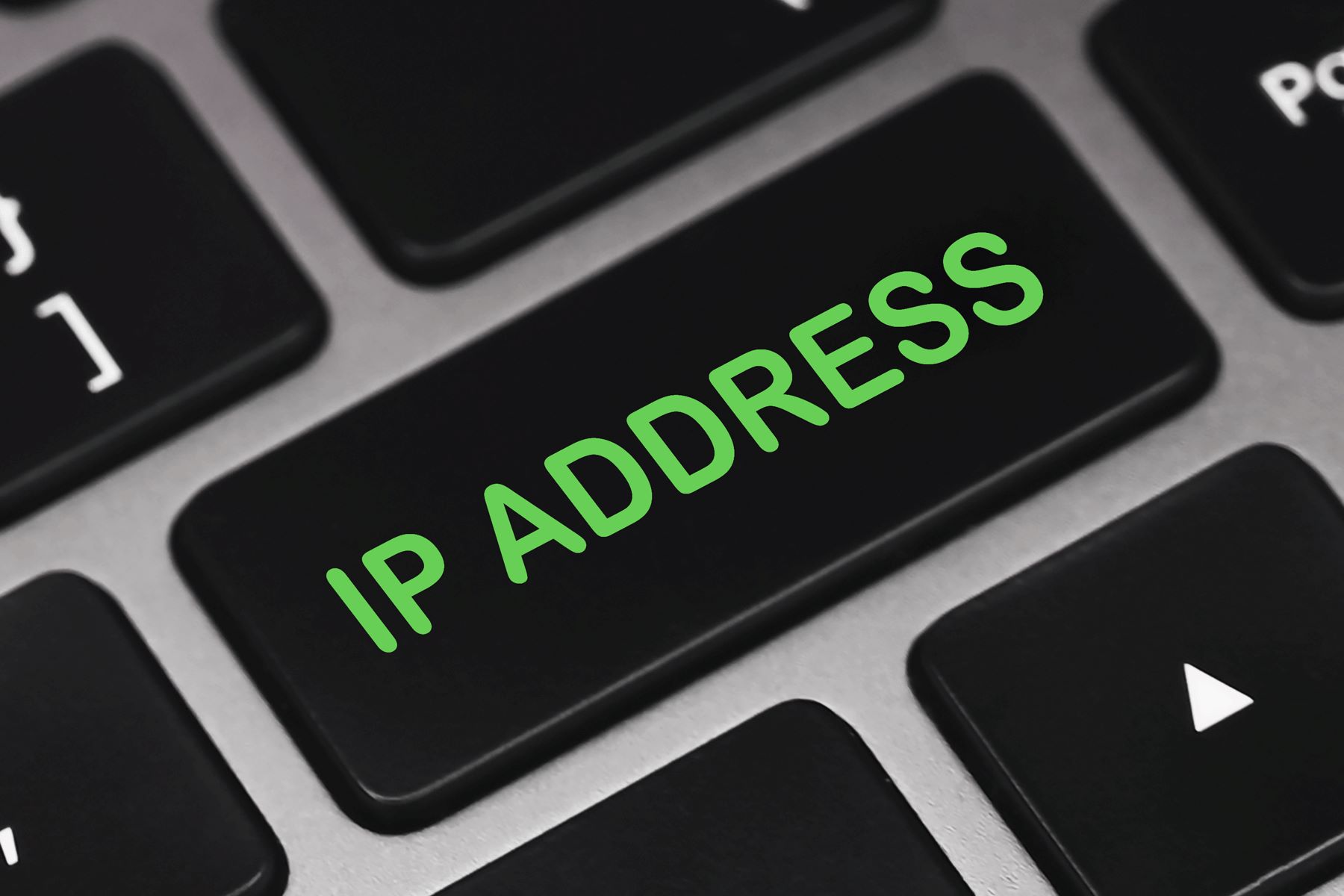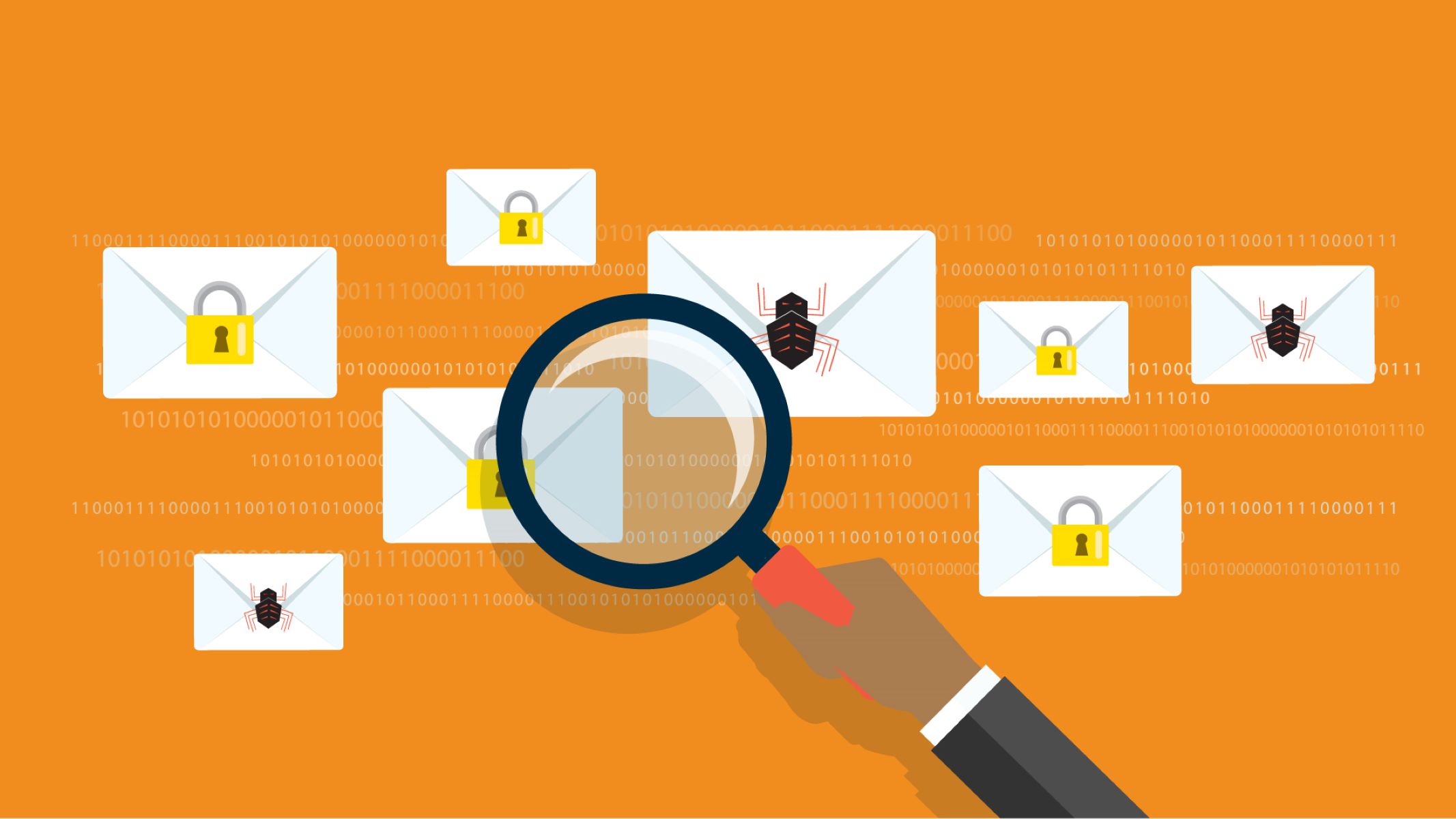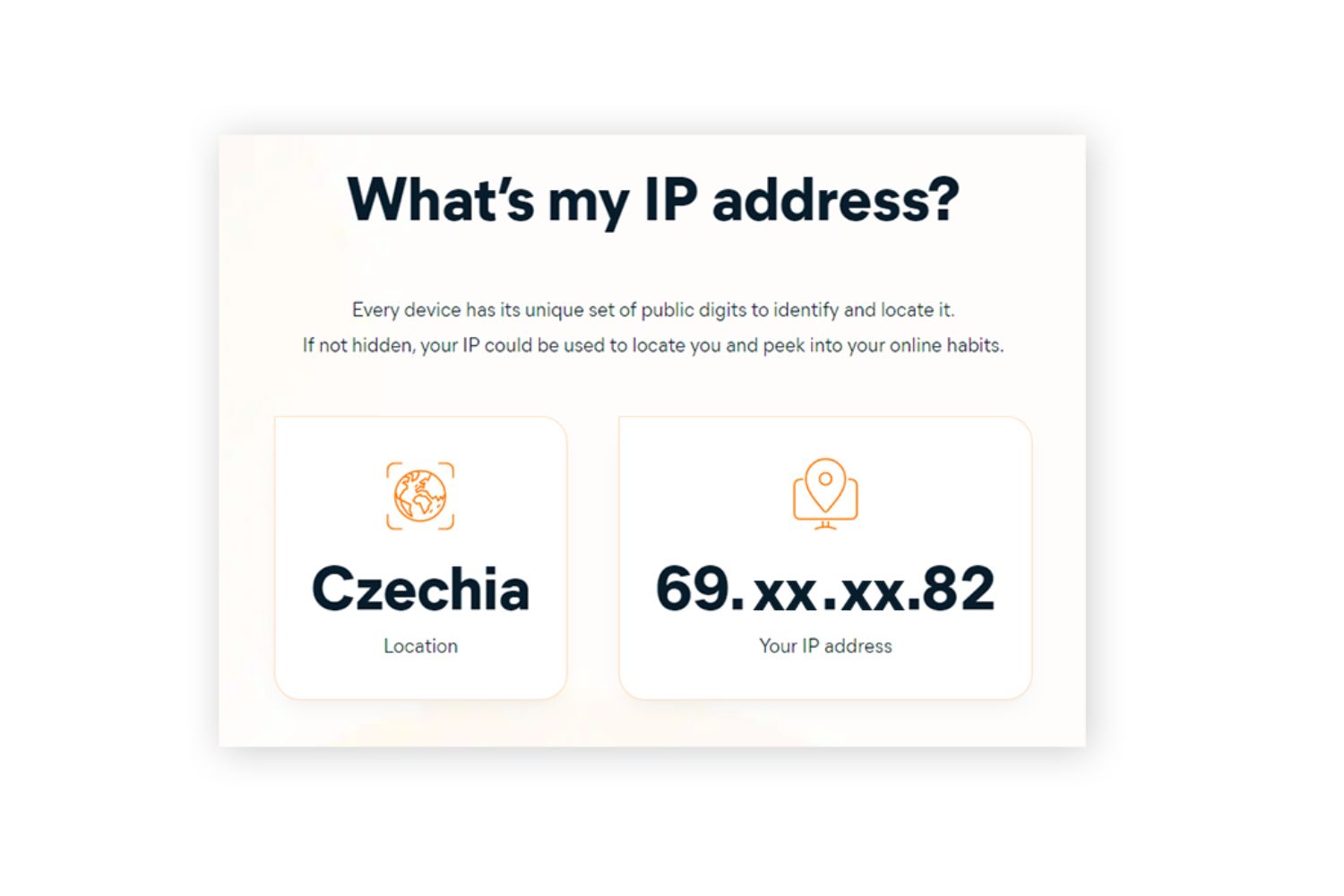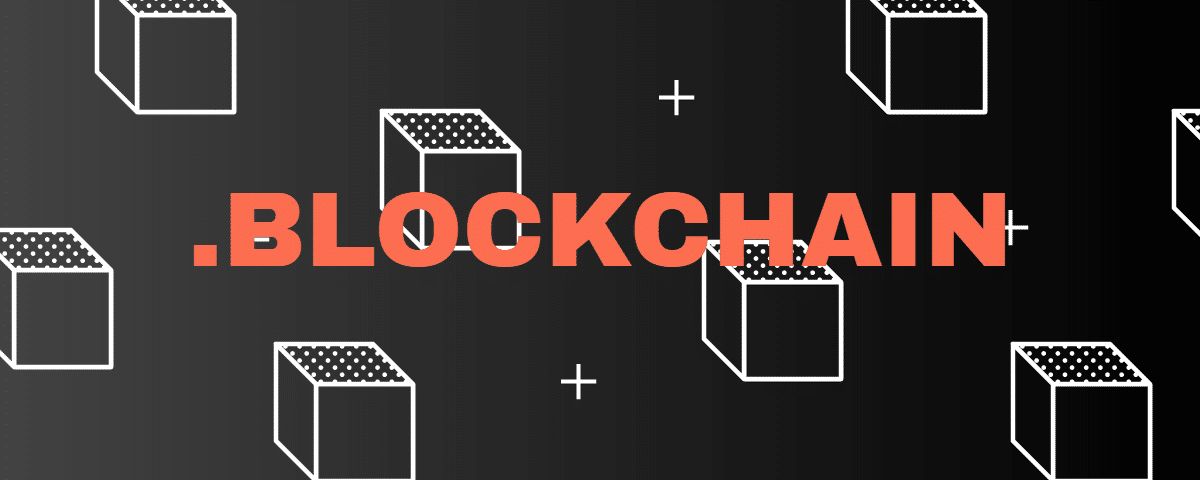Introduction
WHOIS is an essential protocol within the realm of the internet, serving as the backbone for querying databases to obtain vital information about the registration of domain names and the allocation of IP addresses. At its core, WHOIS is designed to provide transparency in the digital domain by enabling anyone to find out who owns a domain name or an IP address. This information can include the registrant’s contact details, registration and expiration dates, and the domain’s current status among other details. The purpose of WHOIS is multifaceted, aiding in legal issues, domain name research, network troubleshooting, and ensuring accountability in the digital space.
The Historical Context of WHOIS Development
The development of WHOIS dates back to the early days of the Internet when the need for a system to identify and contact network administrators and domain owners became apparent. Initially, WHOIS began as a simple directory service for ARPANET users in the early 1980s. As the internet grew, so did the complexity and scope of WHOIS, evolving from a basic command-line tool to a crucial element of internet governance and digital commerce. Despite its evolution, the core function of WHOIS—to provide a transparent system for obtaining domain and IP address registration information—has remained constant.
What Will You Learn From This Guide
This guide aims to delve deep into the world of WHOIS, offering readers a comprehensive understanding of its mechanisms, uses, and significance in today’s digital age. We will start by exploring the basics of WHOIS, including a detailed look at the types of information it can provide and how to interpret WHOIS records. Moving forward, we’ll address privacy concerns associated with WHOIS data, shedding light on how regulations like GDPR have transformed access to personal information. Additionally, we’ll guide you through the process of performing WHOIS searches, discuss the legal and ethical considerations in using WHOIS information, and speculate on the future of WHOIS in light of technological advancements and regulatory changes. Practical applications of WHOIS, alternatives, and supplements to the protocol will also be covered, ensuring readers leave with a well-rounded knowledge of WHOIS and its role in the internet ecosystem.
By the end of this article, you will not only understand the technical aspects of WHOIS but also appreciate its importance in maintaining the integrity and transparency of the internet. Whether you’re a cybersecurity enthusiast, a domain investor, or simply curious about the digital world, this guide will equip you with everything you need to know about WHOIS.
Basics of WHOIS
Definition of WHOIS
WHOIS is a protocol used to query databases that store the registration information of domain names and IP addresses. It allows anyone to retrieve details about a domain name, such as who owns it, the owner’s contact information, and other related data. Originally, WHOIS served the purpose of enabling network administrators to find contact information for IP address assignments or domain name administrators. Over time, its use has expanded to include domain name registration research, ownership verification, and legal compliance.
How WHOIS Works: A Technical Overview
The WHOIS protocol operates on a query-response model. When a WHOIS search is initiated, the request is sent to a WHOIS server associated with the domain’s top-level domain (TLD), such as .com, .org, or a country code TLD like .uk. This server is maintained by the domain’s registrar or a designated registry. The WHOIS server then searches its database for the queried domain name and returns the available registration information to the user.
WHOIS queries can be performed using various tools, including command-line interfaces on most operating systems, dedicated websites, and third-party applications. These tools communicate with WHOIS servers using the Transmission Control Protocol (TCP) on port 43, or through web-based interfaces that abstract the underlying process.
Types of Information WHOIS Provides
WHOIS databases store and provide access to several key pieces of information about domain names. Here are the main types of information you can expect to find in a WHOIS record:
- Domain Name Registration Details: This includes the registered domain name and often the names of the primary and secondary domains. It serves as the foundation of the WHOIS record, identifying the domain in question.
- Registrar Information: WHOIS records contain the name of the registrar (i.e., the organization or company that registered the domain name). This information is crucial for contacting the registrar for domain-related inquiries or issues.
- Domain Status: The record provides the current status of the domain, such as “active,” “pending renewal,” “expired,” or “locked.” These status codes are standardized and offer insight into the domain’s lifecycle and any actions that may be required from the domain owner.
- Nameservers: WHOIS records list the nameservers assigned to the domain. Nameservers direct internet traffic to the correct server by translating domain names to IP addresses. This information is essential for understanding how a domain’s web presence is managed.
- Registration Dates and Expiration: The record includes important dates such as when the domain was first registered, when it was last updated, and when it is due to expire. These dates are critical for domain management, especially for renewals to avoid domain expiration and potential loss.
Together, this information provides a comprehensive view of a domain’s registration and administrative setup. WHOIS data is instrumental for a variety of users, from network administrators and cybersecurity professionals to legal researchers and the general public, offering a window into the management and ownership of internet domain names.
Understanding WHOIS Records
WHOIS records are essential for anyone looking to gain insights into domain name registrations and the entities behind them. These records contain a wealth of information, serving various purposes from technical troubleshooting to legal investigations. This section delves into the key components of WHOIS records, decodes common domain status codes, and addresses concerns about privacy and data accuracy.
Detailed Breakdown of WHOIS Record Components
A WHOIS record contains several fields of information, each offering a piece of the puzzle about a domain’s registration and status. Here’s what you can typically expect to find in a WHOIS record:
- Domain Name: The registered domain name (e.g., example.com).
- Registrar: The accredited organization through which the domain was registered.
- Registrant Contact: The individual or organization that registered the domain. This includes contact information such as name, address, email, and phone number.
- Administrative Contact: The person or entity responsible for administrative decisions regarding the domain, often including contact details similar to the registrant.
- Technical Contact: The individual or organization responsible for technical aspects of the domain, including server configuration and maintenance.
- Registration Dates: Key dates such as when the domain was first registered, when the registration was last updated, and when it is due to expire.
- Nameservers: The servers designated to translate the domain name into IP addresses as part of the DNS (Domain Name System).
- Domain Status: A set of codes that indicate the current state of the domain in the registration lifecycle.
Explanation of Domain Status Codes
Domain status codes are standardized indicators that describe the state of a domain within its lifecycle. These codes are critical for understanding the availability, security, and overall status of a domain. Some common codes include:
- Active: The domain is registered and has no pending operations or prohibitions that would affect its status.
- Pending Renewal: The domain is in the grace period provided for renewal post-expiration. During this time, the original registrant can renew the domain at the standard renewal price.
- Pending Transfer: The domain is in the process of being transferred from one registrar to another.
- Locked: The domain is locked to prevent unauthorized transfers, updates, or deletions. This is often a security measure.
- Expired: The domain has passed its expiration date and has not been renewed by the registrant.
Privacy and Accuracy of WHOIS Data
Privacy concerns have led to significant changes in how WHOIS data is handled, especially with the introduction of GDPR and other privacy laws. Registrants now have the option to use privacy protection services that replace their personal contact information with that of a proxy service in the WHOIS record. While this enhances privacy, it can also make it challenging to contact the domain owner directly.
The accuracy of WHOIS data is crucial for the integrity of the domain name system. Registrars are required to ensure that the information in WHOIS records is accurate and up-to-date. Failure to maintain accurate records can lead to the suspension or cancellation of a domain. However, the accuracy can sometimes be compromised by outdated information or deliberate falsification by registrants seeking to hide their identity.
Privacy Concerns and Protections
Privacy Issues Associated with WHOIS
WHOIS databases, traditionally accessible to anyone on the internet, contain detailed information about domain registrants. This includes names, addresses, email addresses, and phone numbers. Such openness, while useful for transparency and operational purposes, raises significant privacy concerns. Individuals and organizations are often wary of having their personal information so readily available, as it can lead to unwanted contact, spam, and in more severe cases, cyberstalking or doxxing. The ease of accessing this data without the registrant’s consent has been a contentious issue, prompting calls for enhanced privacy protections.
Introduction to GDPR and Its Impact on WHOIS Data
The General Data Protection Regulation (GDPR), implemented by the European Union in May 2018, marked a significant turning point for data privacy, including WHOIS data. GDPR imposes strict rules on the processing of personal data and grants individuals greater control over their information. The regulation applies to all entities that process the personal data of EU residents, regardless of where the entity is based.
In response to GDPR, ICANN (the Internet Corporation for Assigned Names and Numbers) and domain registrars had to revise their WHOIS policies to comply with privacy laws. This led to the redaction of personal information from WHOIS records for individuals within the EU and often for individuals worldwide, to streamline compliance. As a result, WHOIS queries now frequently return limited information, with personal contact details replaced by generic registrar information or privacy service contacts.
WHOIS Privacy Protection Services
Recognizing the demand for privacy, many registrars offer WHOIS privacy protection services, sometimes referred to as WHOIS masking or domain privacy. These services replace the domain registrant’s personal information in the WHOIS database with the information of a proxy service. While the domain is still registered to the original owner, their personal details are shielded from public view. This approach balances the need for privacy with the requirements of domain registration, allowing individuals and businesses to protect their personal information from being publicly disclosed.
The Role of Proxy Registration
Proxy registration is a more robust form of privacy protection, where a domain is registered through a third-party service that acts as the domain’s official registrant on behalf of the actual owner. This setup provides an additional layer of anonymity and security, as the proxy service’s contact information is displayed in the WHOIS database, not the true owner’s. It’s particularly useful for individuals and organizations looking to maintain a higher degree of privacy and minimize their exposure to potential online threats.
Proxy registrations and privacy services, while beneficial, also have their complexities. They can sometimes complicate legal processes, such as copyright enforcement or dispute resolution, as they obscure the identity of the domain owner. Consequently, mechanisms are in place to ensure that rightful parties can obtain necessary information through legal channels when required.
How to Perform WHOIS Searches
Performing a WHOIS search is a straightforward process that can provide valuable information about domain names and IP addresses. This section will guide you through the steps to conduct a WHOIS lookup, recommend some tools and websites for performing searches, explain how to interpret the results, and discuss the limitations and restrictions you may encounter.
Step-by-Step Guide on Using WHOIS Lookup Tools
- Select a WHOIS Lookup Tool: Choose a WHOIS search tool or website. There are several available online, each with its unique features and user interface.
- Enter the Domain Name or IP Address: Input the domain name (e.g., example.com) or IP address you wish to query into the search field provided by the tool. Ensure you enter the domain or IP address correctly to get accurate results.
- Review the WHOIS Record: After submitting your query, the tool will fetch and display the WHOIS record associated with the domain or IP address. This record contains various pieces of information, such as the registrant’s contact details, registration dates, and nameservers.
- Analyze the Results: Take your time to go through the information presented in the WHOIS record. Depending on your needs, you might be interested in specific details like the domain’s availability, registrar information, or the expiration date.
Recommended WHOIS Lookup Services and Websites
- ICANN WHOIS: The Internet Corporation for Assigned Names and Numbers (ICANN) offers a WHOIS lookup tool that provides comprehensive data for domain names registered in top-level domains (TLDs) it oversees.
- WHOIS.net: A widely used tool for performing WHOIS lookups on domain names and IP addresses, offering a simple user interface and quick results.
- DomainTools: Offers detailed WHOIS records and additional services like domain and IP research, monitoring, and fraud investigation tools.
- Namecheap WHOIS Search: Namecheap’s WHOIS tool provides detailed information about domain registration, expiration dates, and registrar details.
Interpreting WHOIS Search Results
- Registrant Information: This section includes the name, organization (if applicable), and contact information of the domain’s registrant. Note that this information might be redacted or replaced with the information of a privacy service due to privacy regulations.
- Registrar Details: Identifies the registrar managing the domain, useful for contacting in case of disputes or technical issues.
- Registration and Expiration Dates: Shows when the domain was registered and when it is due to expire. This can be crucial for assessing the domain’s longevity and planning acquisitions.
- Nameservers: Lists the servers assigned to the domain. This information is essential for understanding how a domain’s DNS is managed.
Limitations and Restrictions of WHOIS Lookups
- Privacy and Redaction: Due to privacy laws like GDPR, some WHOIS records may have personal information redacted, making it difficult to contact the domain owner directly.
- Query Limits: Many WHOIS services impose limits on the number of queries you can perform in a given time frame to prevent abuse and server overload.
- Accuracy and Timeliness: WHOIS records depend on domain owners to update their information, leading to potential inaccuracies. Additionally, there might be a delay between when changes are made and when they are reflected in WHOIS records.
- Variability Across TLDs: The information available in WHOIS records can vary significantly across different top-level domains due to varying policies and regulations.
Understanding how to perform WHOIS searches and interpret the results can be an invaluable skill for anyone involved in domain research, cybersecurity, and digital investigations. However, it’s essential to be aware of the limitations and ensure that your use of WHOIS data complies with applicable laws and policies.
Legal and Ethical Considerations
The use of WHOIS information, while incredibly valuable for a range of legitimate purposes, is also fraught with legal and ethical considerations. Understanding these facets is crucial for anyone engaging with WHOIS data to ensure responsible and respectful use.
Legal Uses of WHOIS Information
WHOIS databases provide a wealth of information about domain name registrations and are a vital resource for various legal and business activities, including:
- Intellectual Property and Trademark Enforcement: WHOIS data helps identify domain name registrants who may be infringing on trademarks or engaging in counterfeit activities. It enables trademark owners to contact infringers directly or through legal channels to enforce their rights.
- Cybersecurity and Fraud Investigations: Security professionals and law enforcement agencies use WHOIS data to track down cybercriminals, investigate phishing schemes, and tackle other online frauds. The information can help connect the dots between malicious domains and the individuals or organizations behind them.
- Legal Compliance and Due Diligence: Businesses and legal entities utilize WHOIS information for due diligence purposes, such as verifying the legitimacy of a company or website before engaging in partnerships or transactions. It also helps in ensuring compliance with domain registration requirements and resolving disputes over domain ownership.
Ethical Considerations in Using WHOIS Data
While WHOIS data is publicly accessible, its use raises several ethical considerations:
- Privacy Concerns: With personal contact information readily available in WHOIS records, there’s a significant risk to the privacy of individuals. Ethical use of WHOIS information means respecting the privacy of domain registrants, avoiding the unnecessary disclosure of personal details, and considering the implications of contacting individuals directly.
- Respecting Data Use Policies: Different registries and registrars have specific policies governing the use of WHOIS data. Ethical use involves adhering to these policies, including limitations on data scraping and bulk access, to prevent service abuse.
- Avoiding Harassment or Intimidation: Contacting domain owners for legitimate purposes is acceptable, but using WHOIS information to harass, intimidate, or otherwise cause harm crosses ethical boundaries. It’s important to maintain professionalism and courtesy in all communications initiated using WHOIS data.
Discussing Misuse of WHOIS Data
Unfortunately, WHOIS data can also be misused, with common abuses including:
- Spamming: Marketers and spammers often harvest WHOIS data for email addresses, leading to unsolicited commercial emails or spam. This misuse not only violates privacy but also undermines the integrity of electronic communications.
- Doxxing: Publishing private or identifying information about individuals without their consent, known as doxxing, is a severe misuse of WHOIS data. It can lead to harassment, identity theft, and personal harm, highlighting the darker side of data accessibility.
- Cybersquatting and Fraud: WHOIS data can be exploited by individuals looking to impersonate legitimate businesses or engage in cybersquatting, where domain names are registered with the intent to sell them at inflated prices to trademark owners.
The Future of WHOIS
The WHOIS protocol has been an essential part of the internet’s infrastructure for decades, offering a way to find information about domain name registrations and IP address allocations. However, as the digital landscape evolves, WHOIS is facing several changes and challenges that could significantly alter how it operates and the type of information it provides. This section explores these changes, the impact of new regulations, and potential technological advancements that could reshape the future of WHOIS.
Changes and Challenges Facing WHOIS
The primary challenge facing WHOIS is the balancing act between transparency and privacy. On one hand, WHOIS data has been crucial for maintaining accountability and transparency on the internet, helping to combat fraud, copyright infringement, and other abuses. On the other hand, the increasing global emphasis on data privacy has led to criticisms of WHOIS for exposing personal information without adequate consent or security measures.
Moreover, the decentralized nature of WHOIS databases, managed by a multitude of registrars and registries across different jurisdictions, has led to inconsistencies in data quality and accessibility. This fragmentation makes it difficult to standardize practices and ensure compliance with global regulations, further complicating the WHOIS landscape.
Impact of New Regulations on WHOIS Data Availability
The General Data Protection Regulation (GDPR) in the European Union has had a profound impact on WHOIS, serving as a pivotal example of how privacy laws can affect data availability. To comply with GDPR, many registrars have started to redact personal information from WHOIS records, limiting the data publicly available. This move has sparked a debate about the future utility of WHOIS and how it can continue to serve its original purpose in the face of stringent privacy laws.
Other jurisdictions are following suit with their privacy regulations, which could lead to further fragmentation and variability in WHOIS data availability. The challenge moving forward will be to find a harmonious solution that protects individual privacy while maintaining the utility of WHOIS for lawful and legitimate purposes.
Potential Technological Advancements
One of the most promising solutions to the challenges facing WHOIS is the adoption of new technologies, such as blockchain. Blockchain technology offers a decentralized, secure, and transparent way of handling data, which could address many of the privacy and security concerns associated with WHOIS. For example, a blockchain-based WHOIS system could allow for the secure and anonymous verification of domain ownership and registration details, without exposing personal information. This system could also ensure data integrity and prevent unauthorized modifications, which is a significant concern with the current WHOIS system.
Other technological advancements include the development of more sophisticated access control mechanisms, which could allow for differentiated access to WHOIS data. Such mechanisms could enable verification and accountability for users who need access to detailed information (e.g., law enforcement, cybersecurity researchers) while protecting the privacy of domain registrants.
Practical Applications of WHOIS
The WHOIS database is a treasure trove of information that can be leveraged in various domains beyond mere curiosity about website ownership. This section delves into four key areas where WHOIS data proves invaluable: domain research and due diligence, cybersecurity and fraud prevention, intellectual property and trademark enforcement, and investigative journalism and research.
Domain Research and Due Diligence
Before purchasing or investing in a domain, conducting thorough research is crucial. WHOIS data can reveal the domain’s ownership history, how long it has been registered, and when it is due to expire. This information can be instrumental in assessing the domain’s credibility and stability. For businesses, such due diligence helps avoid legal complications by ensuring the domain name does not infringe on existing trademarks. Furthermore, analyzing the registration patterns and expiry dates can offer insights into the domain’s market value and investment potential.
Cybersecurity and Fraud Prevention
WHOIS data is a critical resource for cybersecurity professionals. It aids in tracing the origins of malicious domains and identifying patterns that could indicate fraudulent activities. By analyzing the registration details and history of suspicious domains, security teams can uncover networks of related sites, potentially linked to phishing, malware distribution, or scam operations. This information enables the development of more effective defense strategies, including blacklisting dangerous domains and enhancing filtering rules to protect against future threats.
Intellectual Property and Trademark Enforcement
Protecting intellectual property (IP) and trademarks online is a constant challenge for businesses. WHOIS plays a pivotal role in this endeavor by facilitating the identification of domain owners who may be infringing on IP rights. Legal teams and trademark holders can use WHOIS data to contact domain owners directly to resolve disputes amicably or to gather necessary information for legal action. This process is essential for enforcing trademark rights and preventing the dilution of brand identity on the internet.
Investigative Journalism and Research
For investigative journalists and researchers, WHOIS is an invaluable tool for uncovering information about the entities behind websites. It can provide leads and connections that are not immediately apparent, helping to expose fraud, corruption, or other illicit activities. WHOIS data can reveal the network of associations between different domains, offering insights into the broader operations of a subject under investigation. This capability is particularly useful in an era where digital footprints are often obscured and difficult to trace.
Alternatives and Supplements to WHOIS
As the digital landscape evolves, the need for more secure, efficient, and privacy-compliant methods to access domain and IP information has led to the development of alternatives and supplements to the traditional WHOIS protocol. This section explores the Registration Data Access Protocol (RDAP) and other tools that serve as complements or alternatives to WHOIS, providing a broader toolkit for internet users seeking domain and IP information.
Introduction to RDAP (Registration Data Access Protocol)
RDAP represents a significant advancement over the WHOIS protocol, offering a standardized way to access domain and IP registration data. Developed by the Internet Engineering Task Force (IETF), RDAP addresses several of WHOIS’s limitations by supporting internationalization, secure access over HTTPS, and structured data responses in JSON format, which is more suitable for automated processing.
Key Features of RDAP:
- Enhanced Security: RDAP communication occurs over HTTPS, ensuring that data transmission is encrypted and secure.
- Structured Data: RDAP returns data in a well-structured JSON format, making it easier for applications to parse and utilize the information.
- Standardized Queries and Responses: Unlike WHOIS, which can have varied output formats depending on the registrar, RDAP provides a standardized set of queries and responses, simplifying data interpretation.
- Support for Internationalization: RDAP is built with internationalization in mind, accommodating non-ASCII characters used in international domain names.
Other Tools and Databases for Domain and IP Information
In addition to RDAP, various tools and databases offer alternative ways to gather domain and IP-related information. These resources often provide insights beyond the scope of WHOIS and RDAP, including historical data, security assessments, and more.
1. Domain and IP Databases:
- DNS Tools: Services like DNSstuff and MXToolBox allow users to perform comprehensive DNS queries, check domain health, and analyze email server settings.
- Historical WHOIS Databases: Platforms like DomainTools offer historical WHOIS data, enabling users to see past ownership and registrar information changes.
- IP Geolocation Services: Tools such as IP2Location and MaxMind provide geolocation data for IP addresses, useful for content localization, compliance, or security purposes.
2. Security and Research Platforms:
- Threat Intelligence Databases: Services like VirusTotal and Talos Intelligence offer domain and IP address reputation checks, malware analysis, and other security-related information.
- Internet Archive’s Wayback Machine: Offers snapshots of websites over time, allowing users to view the historical content of a domain.
3. Compliance and Legal Research:
- Trademark Databases: Platforms like the United States Patent and Trademark Office (USPTO) database allow for trademark searches related to domain names, aiding in legal research and intellectual property protection.
While WHOIS remains a valuable tool for obtaining domain and IP information, the emergence of RDAP and other specialized databases and tools enhances the ability to perform more secure, detailed, and specific investigations into domain names and IP addresses. Whether for security analysis, compliance checks, or historical research, these alternatives and supplements to WHOIS provide a richer set of resources for internet users and professionals alike.
Conclusion
As we conclude our comprehensive guide to WHOIS, it’s important to emphasize the significance of using WHOIS information responsibly and ethically. WHOIS databases offer a wealth of information that can be incredibly useful for a variety of purposes, from cybersecurity and domain research to legal investigations and intellectual property management. However, with great power comes great responsibility. It’s crucial to respect privacy concerns and adhere to legal guidelines when accessing and utilizing WHOIS data. Misuse of this information can lead to privacy violations, unethical behavior, and potentially legal repercussions.
The evolving nature of WHOIS reflects broader changes in internet governance and digital privacy. As the internet continues to grow and transform, WHOIS protocols and policies are also adapting. Recent years have seen significant shifts, particularly with the implementation of privacy regulations such as the GDPR, which have impacted the availability of personal data in WHOIS records. These changes underscore the ongoing challenge of balancing the open nature of the internet with the need for privacy and security.
Looking ahead, the future of WHOIS is likely to involve further adaptations to privacy laws, technological advancements, and changes in the way we manage and govern the digital domain. Innovations such as the Registration Data Access Protocol (RDAP) promise more secure and flexible ways to access registration data. Moreover, the ongoing discussion about the role of WHOIS in internet governance highlights the importance of transparency, accountability, and collaboration among all stakeholders in the digital ecosystem.
As users, registrars, policymakers, and members of the global internet community, it’s vital to stay informed about these developments and engage in the conversation about the future of WHOIS. By doing so, we can ensure that WHOIS continues to serve its vital role in the internet infrastructure while respecting the principles of privacy and ethical use.
In conclusion, WHOIS is more than just a protocol for querying domain information; it’s a reflection of the evolving landscape of internet governance and digital privacy. As we navigate these changes, let’s commit to using WHOIS data with integrity, respect for privacy, and a forward-looking perspective on the future of the internet.









